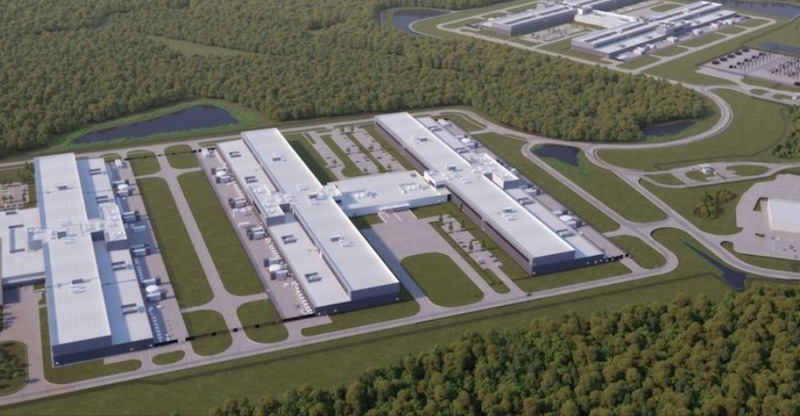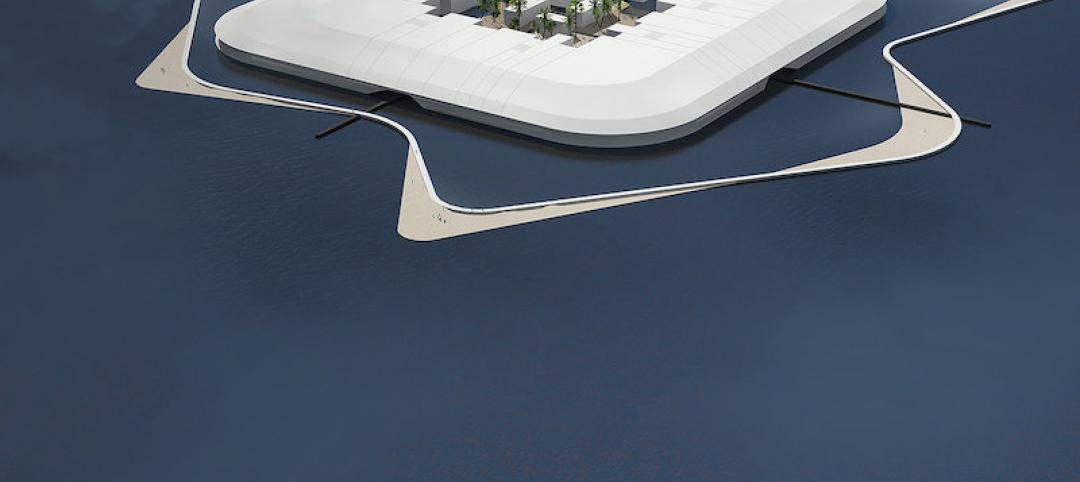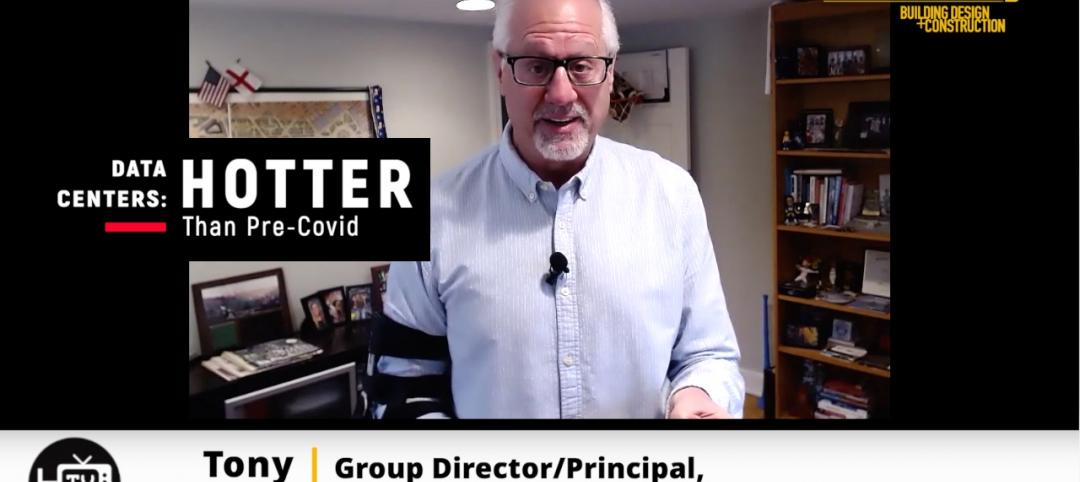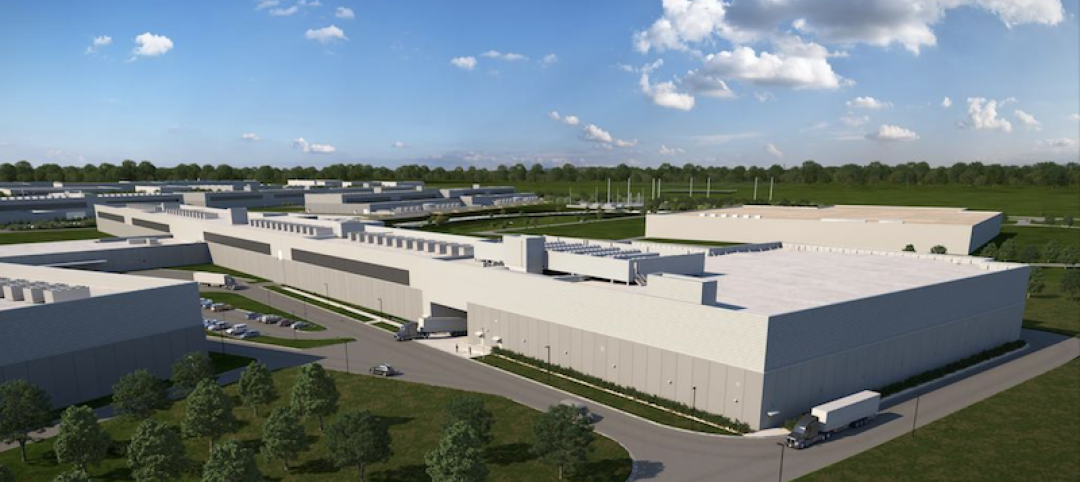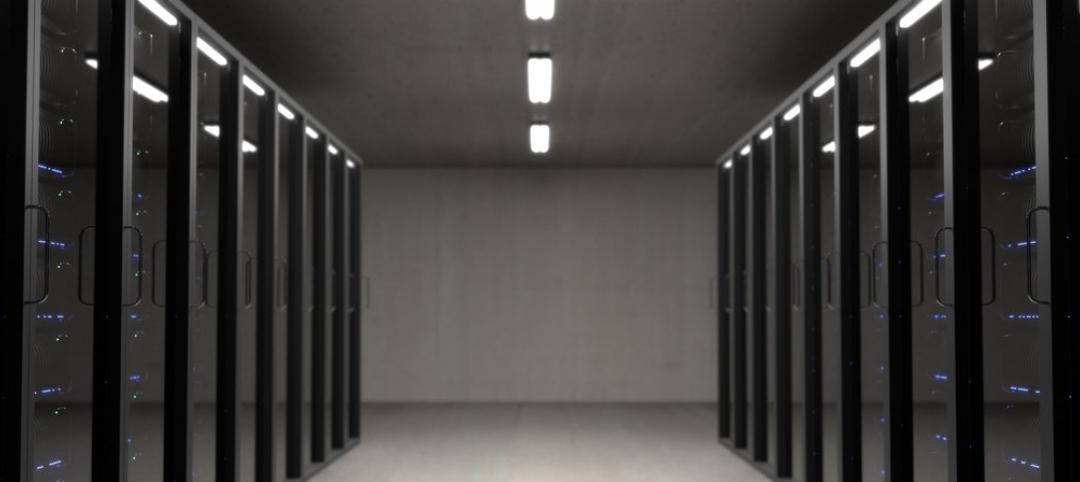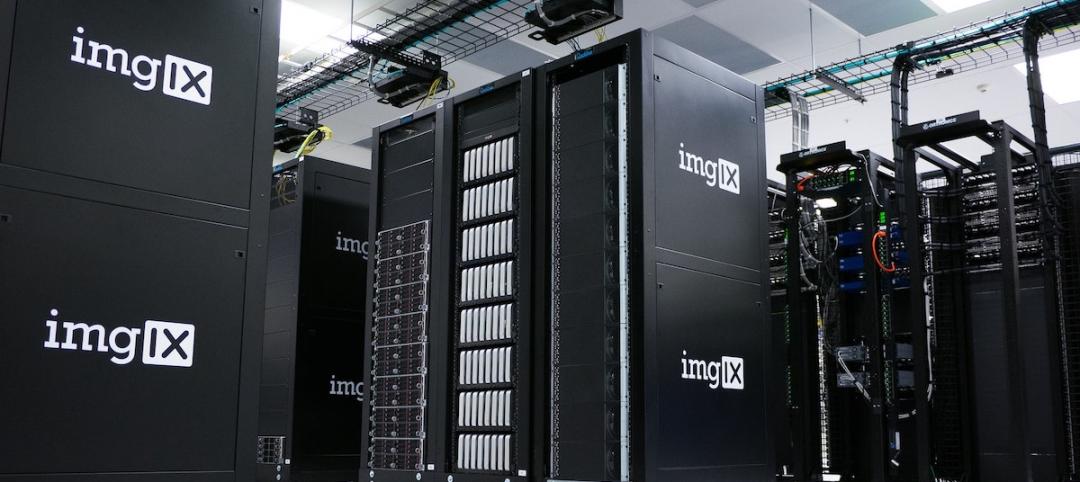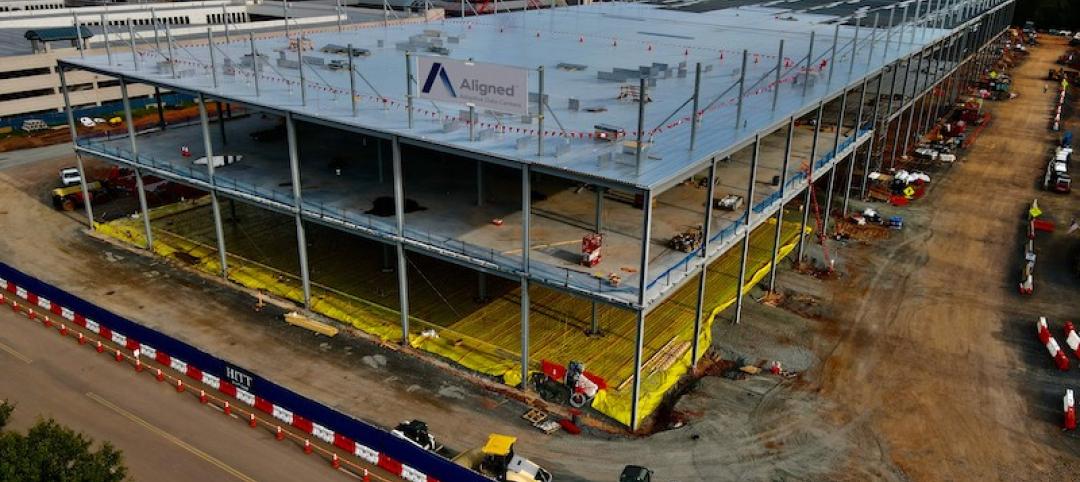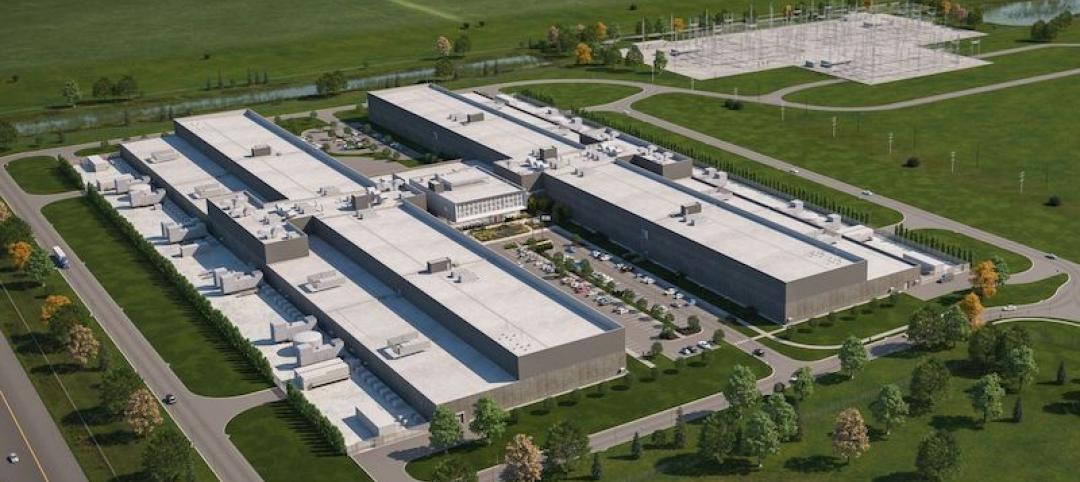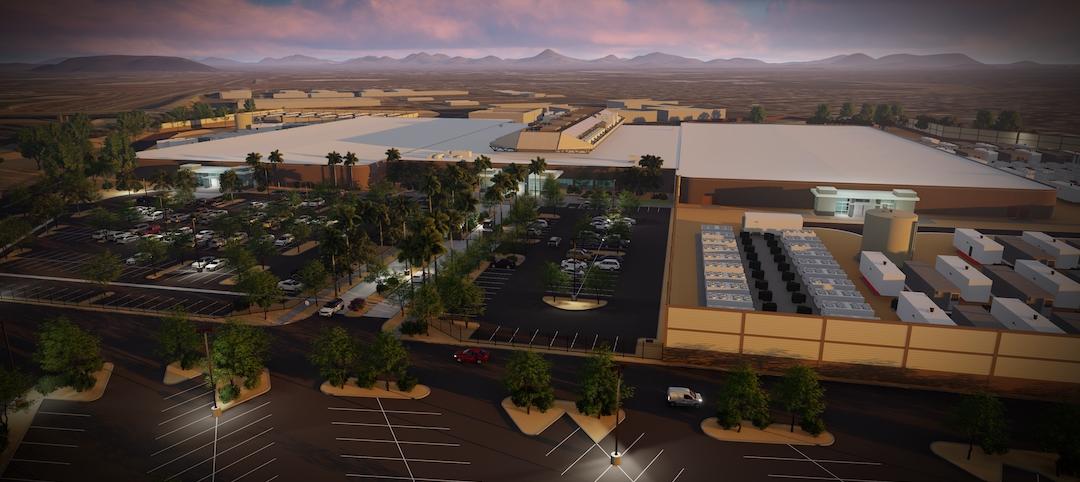Two leading consulting firms that focus on data centers and other mission-critical facilities have released a white paper on data center sustainability, the first in a series of reports that will provide technical analysis for data center operators to help lower their centers’ carbon footprints in line with regulations targeting carbon neutrality by 2030.
The authors of the white paper—which earlier this year formed a Greenhouse Gas Abatement Group—are i3 Solutions Group, a globally recognized data center MEP consulting engineering firm; and New York-based EYP Mission Critical Facilities, which performs MEP design and commissioning, operational procedures. multi-cloud and data center strategy, due diligence and site evaluation.
To download the first white paper and sign-up to receive alerts for future publications, click here.
CARBON NEUTRALITY AND REVENUE GENERATION AREN’T MUTUALLY EXCLUSIVE
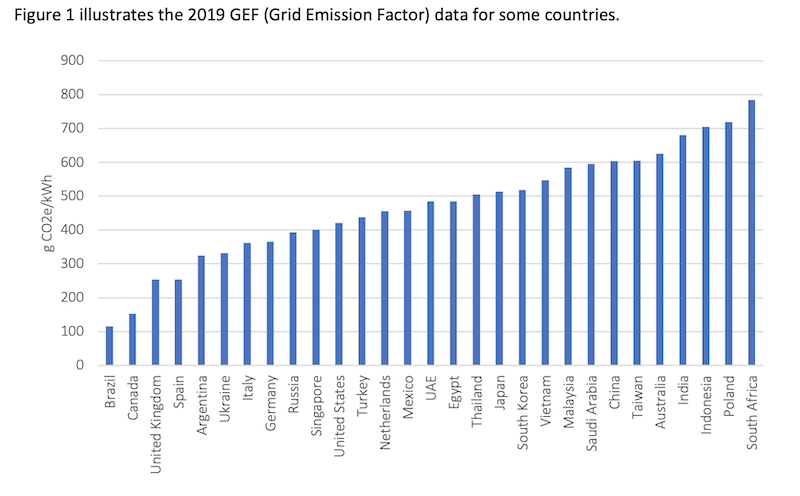
Greenhouse gas emissions from data centers vary widely by country. Chart: Greenhouse Gas Abatement Group
By almost every measure, data center demand is growing steadily and rapidly. Apex Market Research, for one, estimates that construction spending will increase by 7.7% annually and reach nearly $32 billion by 2025. To a greater extent than ever, operators are seeking ways to mitigate their facilities’ environmental effects, either voluntarily or in response to government mandates.
Titled “Infrastructure Sustainability Options and Revenue Opportunities for Data Centers,” the first white paper covers how targets for reducing greenhouse gas (GHG) emissions and increasing revenue-generating opportunities are not mutually exclusive objectives. “The falling costs of low-carbon distributed energy systems provide data center operators with opportunities to satisfy the requirements of hyperscale end-users with ambitions for a Zero Carbon Solution,” the white paper states.
Indeed, the energy sector has been moving in this direction for a while. Figures released in February by the International Energy Agency (IEA) reveal that global emissions from the electricity sector dropped by 450 million tons last year. This decline resulted partly from lower electricity demand but also from increases in electricity generation by solar PV and wind.
However, IEA also estimates that emissions in China increased last year by 0.8%. And while emissions in the U.S. fell by 10%, they started to bounce back in the later stages of 2020.
The white paper provides in-depth technical insight into areas where operators might reduce their facilities’ environmental impacts and monetize the process to boot. These areas include Demand Side Response, Data Center Power Generation, Energy Storage and Sustainable Energy Trading, as well as System Selection criteria such as Sustainability Performance Indices.
The white paper cautions there are no quick fixes to this problem of greenhouse gas emissions. For example, it postulates that when a company buys renewable energy from a private utility as a way of reducing its carbon footprint, it actually doesn’t improve its sustainability unless that purchase is coupled with a higher ratio of additional renewable energy and a reduction in the national grid emission factor (GEF).
NINE METRICS TO CONSIDER
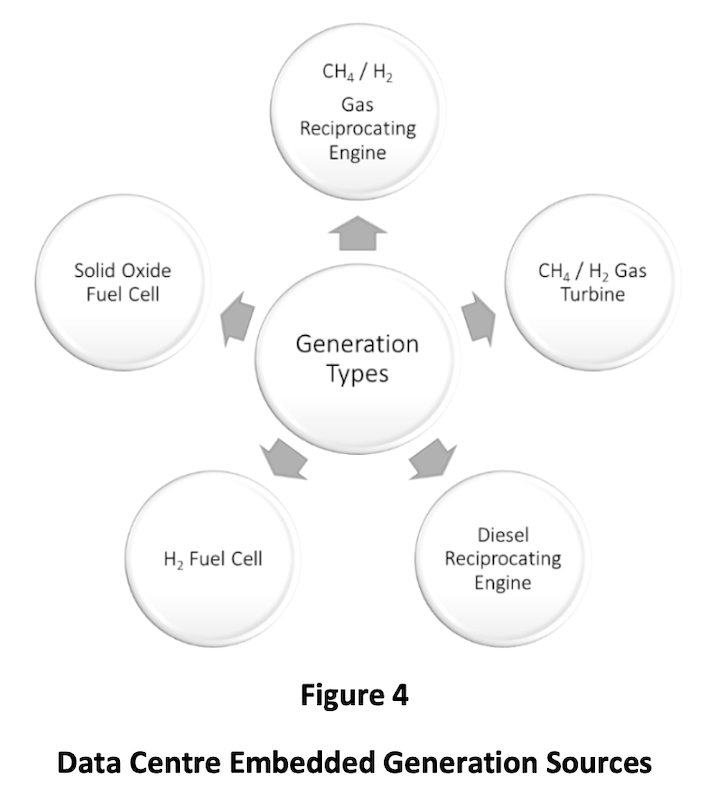
Most data centers have excess energy capacities. Image: Greenhouse Gas Abatement Group
Other ways of reducing a data center’s carbon footprint might include energy trading that provides additional power to a grid from intermittent sources like wind energy. Data center operators might also benefit financially from exporting power to the grid from distributed generation systems, which in some scenarios also reduces the center’s GHGs.
“Practically all data centers have some excess capacity,” the white paper states. “Data center owners should consider whether it is possible to increase the utilization of standby and redundant generation and energy storage assets for DSR [demand-side response] or, indeed, configuring low-carbon generation assets to be the primary source of power to the data center.” The sources of this potentially exportable energy capacity are typically mechanical generators, and hot or cold fuel cells.
In terms of sustainability, the white paper asserts there are at least nine metrics to consider, including product carbon footprint, water use, volatile organic compounds, carbon payback, embodied energy, recycling, source material environmental impact, electrical and thermal system efficiency. The paper points out that location, and specific national- and state-related conditions, invariably affect the selection of an appropriate low-carbon technology, in part due to resource availability.
Subsequent white papers will touch on a range of topics that include:
- Assessment and application of gas reciprocating engines and turbines
- Assessment and application of fuel cells to data centers
- Demand response opportunities for data center embedded generation and storage systems
- GHG reduction with blended hydrogen and natural gas generation
Related Stories
Data Centers | Feb 18, 2021
Arcari Cimini Architettura designs Data Center Floating Island
The concept looks to create an entire floating city centered around a data center.
Data Centers | Jan 21, 2021
The Weekly show, Jan 21, 2021: Data centers in a pandemic world, and LGBT certification for AEC firms
This week on The Weekly show, BD+C editors speak with AEC industry leaders about LGBT certification for architecture, engineering, and construction firms, and the current state of data centers in a pandemic world.
Giants 400 | Dec 16, 2020
Download a PDF of all 2020 Giants 400 Rankings
This 70-page PDF features AEC firm rankings across 51 building sectors, disciplines, and specialty services.
Data Centers | Dec 9, 2020
COVID-19 pandemic elevates data centers to key priority market for investors
But supply-chain and labor problems could slow deliveries, according to Turner & Townsend’s 2020 report that looks at 40 markets.
Giants 400 | Dec 3, 2020
2020 Data Center Giants: Top architecture, engineering, and construction firms in the U.S. data center facilities sector
Corgan, Jacobs, and Whiting-Turner Contracting Company top BD+C's rankings of the nation's largest data center facilities sector architecture, engineering, and construction firms, as reported in the 2020 Giants 400 Report.
Data Centers | Oct 26, 2020
Speed to market is biggest obstacle for burgeoning data center construction sector
Hyperscale and edge computing are driving growth in data center and mission critical facilities construction.
Data Centers | Sep 17, 2020
Data center provider Aligned links new financing to sustainability performance
One goal: 100% renewable energy consumption by 2024.
Data Centers | Jun 30, 2020
Facebook to build $800 million data center in DeKalb, Ill.
Mortenson Construction is the project’s general contractor.
Data Centers | May 8, 2020
Data centers as a service: The next big opportunity for design teams
As data centers compete to process more data with lower latency, the AEC industry is ideally positioned to develop design standards that ensure long-term flexibility.
Giants 400 | Aug 28, 2019
Top 45 Data Center Construction Firms for 2019
Whiting-Turner, Turner, Holder, DPR, and Fortis top the rankings of the nation's largest data center sector contractors and construction management firms, as reported in Building Design+Construction's 2019 Giants 300 Report.


